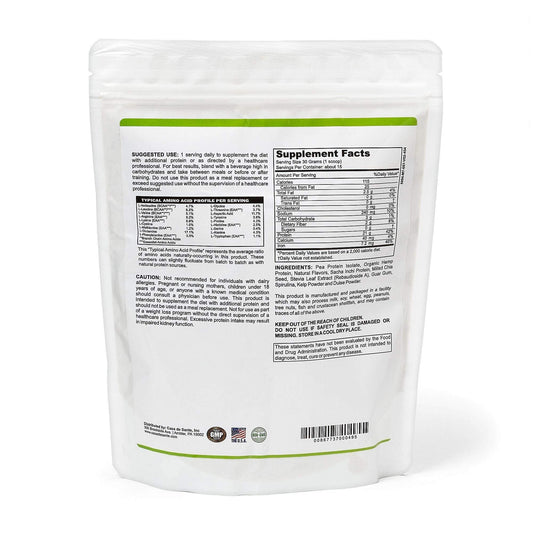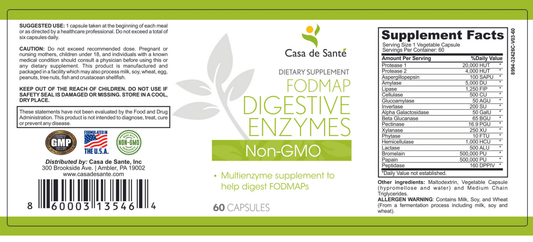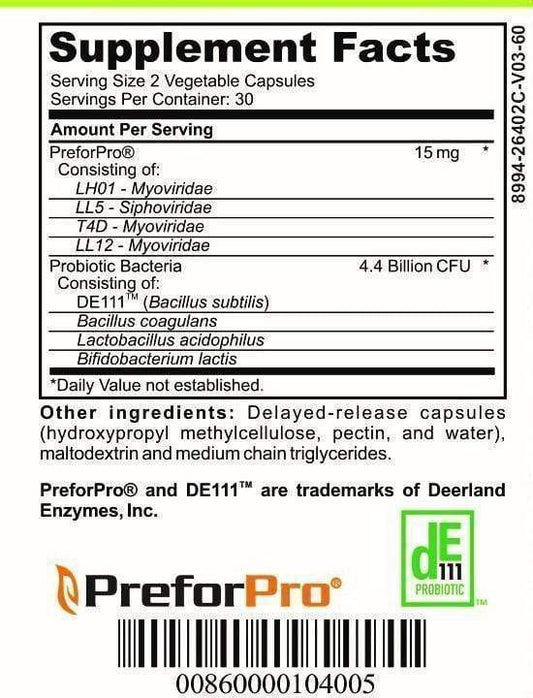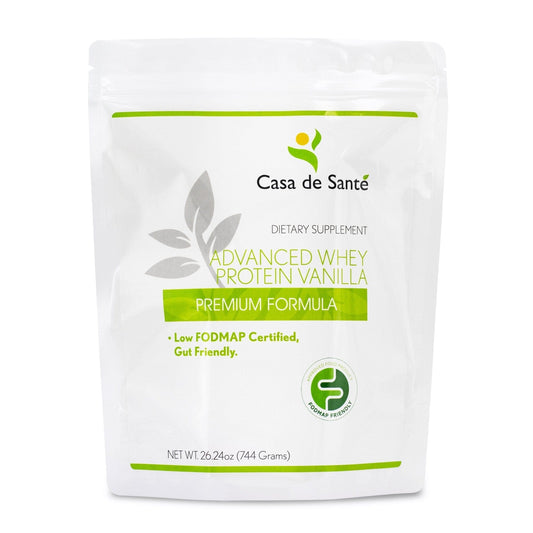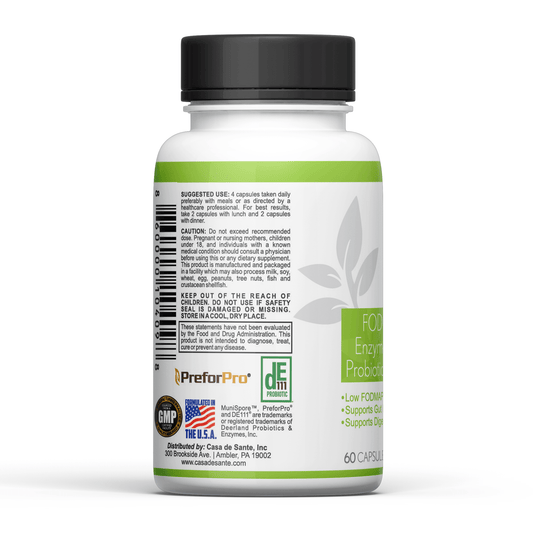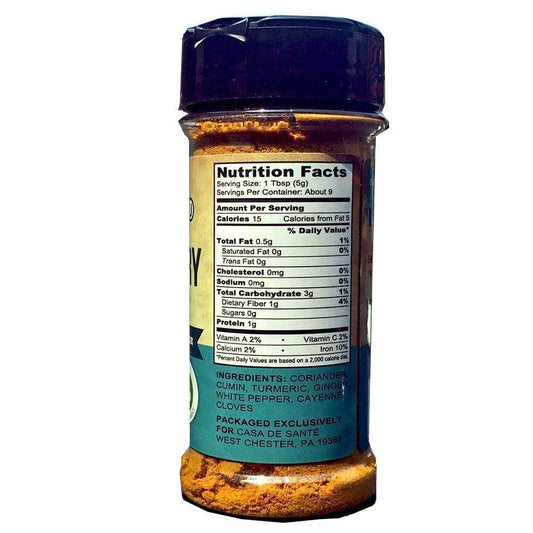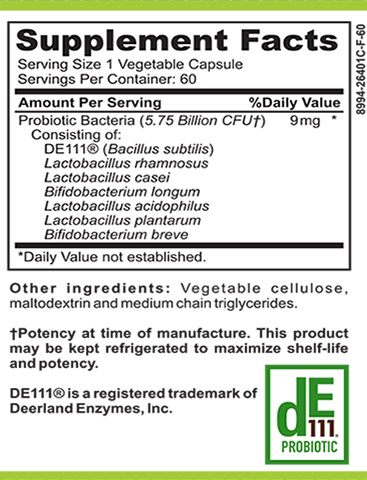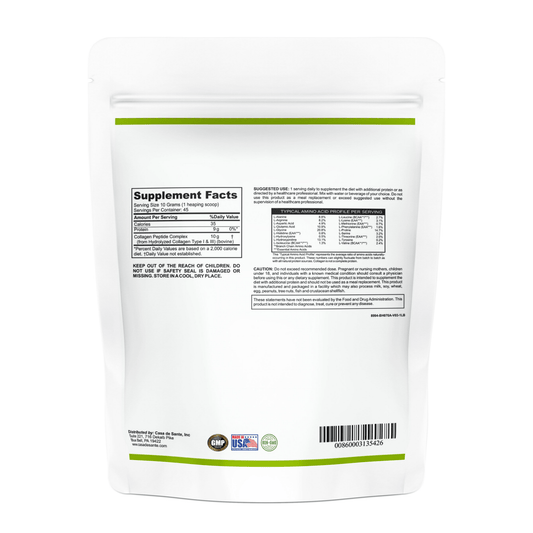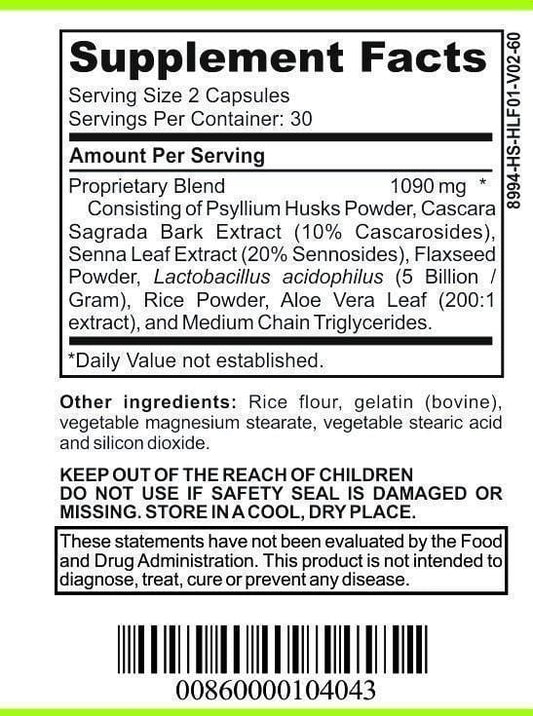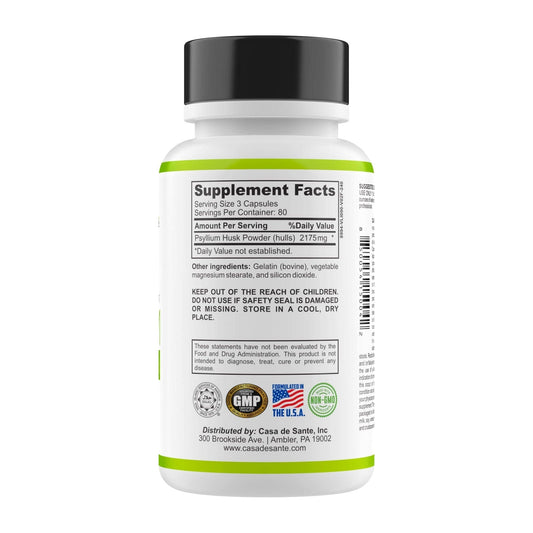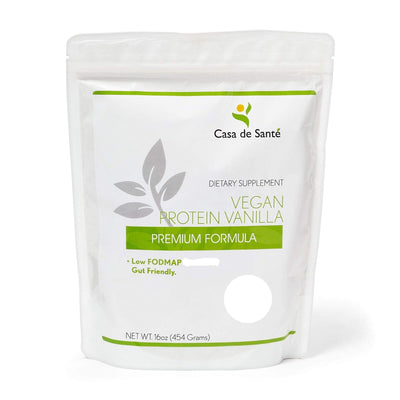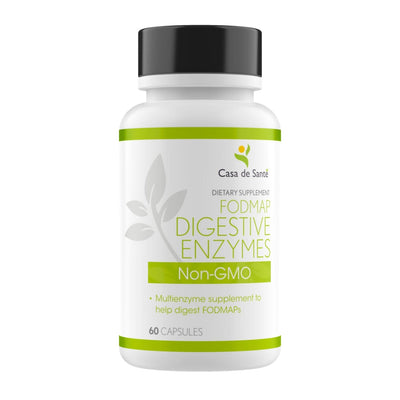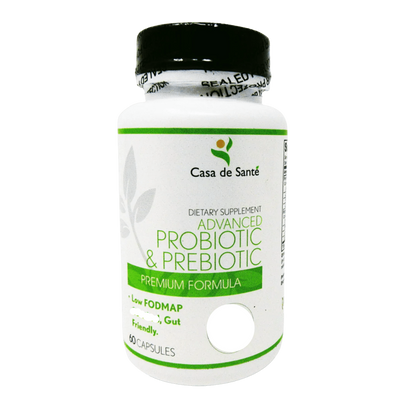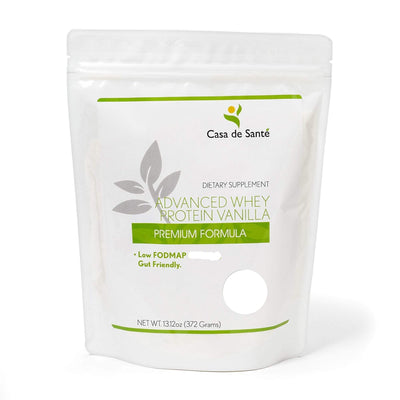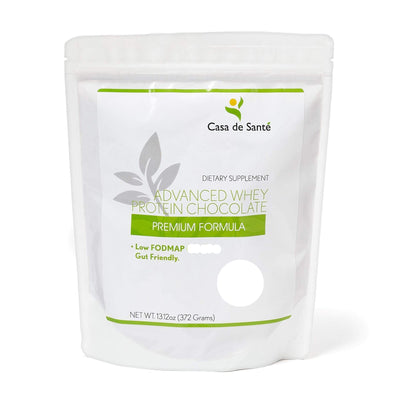Why Tomato Sauce May Cause Gas and How to Prevent It
Why Tomato Sauce May Cause Gas and How to Prevent It
Tomato sauce is a staple in countless kitchens worldwide. From pasta dishes to pizza, this versatile condiment adds flavor and richness to many beloved meals. However, if you've ever experienced uncomfortable bloating or gas after enjoying your favorite tomato-based dish, you're not alone. Many people find that tomato sauce can trigger digestive discomfort, leaving them wondering why something so delicious can cause such uncomfortable symptoms.
Understanding the connection between tomato sauce and gas production can help you enjoy your favorite foods without the uncomfortable aftermath. In this article, we'll explore why tomato sauce might be causing your digestive distress and provide practical solutions to prevent these issues without giving up the foods you love.
Why Tomato Sauce Can Cause Gas
Tomato sauce may seem like a simple food, but it contains several components that can potentially trigger gas and bloating in sensitive individuals. Understanding these factors is the first step toward finding relief.
High Acidity Content
Tomatoes are naturally acidic fruits, with a pH typically ranging from 4.0 to 4.6. When concentrated in sauce form, this acidity becomes even more pronounced. For many people, highly acidic foods can irritate the digestive tract, leading to increased gas production and discomfort.
This acidity can also slow down digestion in some individuals, giving bacteria in the gut more time to ferment food particles, which results in additional gas formation. If you have a sensitive stomach or conditions like acid reflux, the high acid content in tomato sauce might be particularly problematic.
FODMAP Content
FODMAPs (Fermentable Oligosaccharides, Disaccharides, Monosaccharides, and Polyols) are types of carbohydrates that can be difficult for some people to digest. Tomatoes themselves are generally considered low in FODMAPs, but many commercial tomato sauces contain high-FODMAP ingredients like garlic, onions, and certain sweeteners.
These ingredients can ferment in the gut, producing gas as a byproduct. For individuals with irritable bowel syndrome (IBS) or FODMAP sensitivities, even small amounts of these compounds can trigger significant discomfort. Additionally, the concentration of fructose increases in tomato products as they're cooked down, potentially causing issues for those sensitive to this particular FODMAP.
Common Additives and Ingredients
Store-bought tomato sauces often contain various additives that can contribute to gas production. These may include preservatives, thickeners, and flavor enhancers that some digestive systems struggle to process efficiently. Sugar is another common addition that can feed gut bacteria, leading to fermentation and gas.
Many commercial sauces also contain significant amounts of salt, which can cause water retention and bloating in sensitive individuals. Even seemingly innocent ingredients like herbs and spices might contain compounds that trigger digestive discomfort in some people.
Who Is Most Susceptible to Gas from Tomato Sauce?
While anyone can experience occasional gas after consuming tomato sauce, certain individuals are more likely to have recurring issues. Understanding if you fall into one of these categories can help explain your symptoms and guide your approach to prevention.
People with IBS or Digestive Disorders
Individuals with irritable bowel syndrome (IBS) often have heightened sensitivity to various foods, including tomato-based products. The combination of acidity and potential FODMAP content in tomato sauce can be particularly challenging for these digestive systems to handle.
Those with inflammatory bowel diseases like Crohn's disease or ulcerative colitis may also find that the acidity in tomato sauce irritates their already inflamed digestive tracts. For these individuals, even small amounts of tomato sauce might trigger significant discomfort, including gas, bloating, and other symptoms.
Those with Acid Reflux or GERD
People suffering from gastroesophageal reflux disease (GERD) or chronic acid reflux often find that tomato products worsen their symptoms. The high acidity can irritate the esophagus and stomach lining, leading to increased gas production as the digestive system struggles to process the food.
This irritation can also slow down digestion, giving gut bacteria more time to ferment food particles and produce additional gas. The combination of reflux symptoms and gas can be particularly uncomfortable, making tomato sauce a challenging food for many GERD sufferers.
How to Enjoy Tomato Sauce Without the Gas
The good news is that loving tomato sauce doesn't mean you have to suffer through digestive discomfort. With some strategic approaches, many people can find ways to include this flavorful condiment in their diet while minimizing unwanted gas and bloating.
Make Your Own Low-FODMAP Tomato Sauce
One of the most effective ways to enjoy tomato sauce without the gas is to prepare it yourself using low-FODMAP ingredients. By controlling exactly what goes into your sauce, you can avoid the common triggers found in commercial products.
Start with fresh tomatoes or a simple canned tomato base without added ingredients. Instead of onions and garlic, which are high in FODMAPs, flavor your sauce with garlic-infused oil (the FODMAPs don't transfer to the oil) and the green parts of spring onions. Herbs like basil, oregano, and thyme can add depth without causing digestive issues for most people.
Use Digestive Enzymes
Taking digestive enzyme supplements before consuming tomato sauce can help your body break down the challenging components more efficiently. Enzymes specifically designed to target carbohydrates and acids can be particularly helpful for preventing gas formation.
Casa de Sante offers specialized digestive enzymes that are certified low FODMAP and formulated to support gut health when consuming potentially triggering foods like tomato sauce. These enzymes work by breaking down complex carbohydrates before they reach the large intestine where they would typically ferment and produce gas. Taking them about 15-30 minutes before your meal can significantly reduce post-meal discomfort.
Portion Control and Food Pairing
Sometimes, the solution is as simple as adjusting how much tomato sauce you consume in one sitting. Smaller portions give your digestive system less work to do and may prevent the threshold of irritation that leads to gas production.
Additionally, pairing tomato sauce with certain foods can help buffer its acidity and slow its passage through your digestive system. Combining it with protein-rich foods or complex carbohydrates can create a more balanced meal that's easier on your stomach. For example, serving a small amount of tomato sauce with protein-rich pasta made with Casa de Sante's gut-friendly protein powder can create a more digestive-friendly meal.
Low-FODMAP Tomato Sauce Alternatives
If traditional tomato sauce continues to cause problems despite your best efforts, consider exploring some alternatives that can provide similar flavors without the digestive distress.
Roasted Red Pepper Sauce
Roasted red pepper sauce offers a sweet, slightly smoky flavor profile that works beautifully in many dishes that typically call for tomato sauce. Red peppers are low in FODMAPs and less acidic than tomatoes, making them an excellent alternative for sensitive stomachs.
This sauce pairs wonderfully with pasta, as a pizza base, or as a dipping sauce. The natural sweetness of the peppers eliminates the need for added sugars, which can further reduce the potential for gas production.
Low-FODMAP Tomato Sauce Recipe
Title: Gentle Gut Tomato Sauce
Description: A flavorful, low-FODMAP tomato sauce that delivers all the taste without the digestive discomfort. Perfect for pasta, pizza, or any dish calling for tomato sauce.
Ingredients:
- 2 tablespoons garlic-infused olive oil
- 2 tablespoons green parts of spring onions, finely chopped
- 1 can (14 oz) plain tomato puree (no additives)
- 1 tablespoon tomato paste
- 1 teaspoon dried basil
- 1 teaspoon dried oregano
- ½ teaspoon salt
- ¼ teaspoon black pepper
- Pinch of red pepper flakes (optional)
- 1 teaspoon maple syrup (optional, to balance acidity)
Instructions:
- Heat the garlic-infused oil in a medium saucepan over medium heat.
- Add the green parts of spring onions and sauté for 1-2 minutes until softened.
- Add the tomato puree and tomato paste, stirring to combine.
- Mix in all herbs, salt, pepper, and red pepper flakes if using.
- Bring to a gentle simmer, then reduce heat to low.
- Cover and simmer for 15-20 minutes, stirring occasionally.
- Taste and add maple syrup if desired to balance acidity.
- Allow to cool slightly before serving or storing.
Prep Time: 5 minutes
Cook Time: 20 minutes
Yield: About 2 cups
Cuisine: Italian-inspired
Long-Term Digestive Health Strategies
Beyond making adjustments to how you consume tomato sauce, implementing broader digestive health strategies can help improve your overall tolerance to potentially triggering foods.
Gut Microbiome Support
A healthy, diverse gut microbiome can significantly improve your ability to digest challenging foods like tomato sauce. Incorporating probiotic-rich foods into your diet helps populate your gut with beneficial bacteria that aid in digestion and reduce gas production.
Consider supplementing with a high-quality probiotic and prebiotic combination, such as those offered by Casa de Sante, which are specifically formulated to support digestive health without triggering FODMAP sensitivities. These supplements can help restore balance to your gut flora, potentially reducing reactivity to foods like tomato sauce over time.
Additionally, consuming a variety of fiber-rich, low-FODMAP vegetables and fruits can provide the prebiotics needed to nourish your beneficial gut bacteria. A personalized meal plan that incorporates these elements can be an effective way to improve your digestive health systematically.
Identify Your Personal Triggers
Everyone's digestive system is unique, and what causes gas in one person may be perfectly tolerable for another. Keeping a food journal can help you identify patterns and determine exactly which components of tomato sauce might be problematic for you specifically.
Track not only what you eat but also factors like portion size, time of day, and accompanying foods. This information can provide valuable insights into your personal triggers and help you develop a more targeted approach to preventing gas and bloating.
Remember that digestive health is a journey, not a destination. With patience and a systematic approach, many people find that they can gradually reintroduce challenging foods like tomato sauce without experiencing the same level of discomfort they once did.
Conclusion
Tomato sauce may cause gas due to its acidity, FODMAP content, and common additives, but that doesn't mean you have to eliminate it from your diet entirely. By understanding the specific factors that trigger your symptoms and implementing targeted strategies to address them, you can often find ways to enjoy this versatile condiment without the uncomfortable aftermath.
Whether you opt for making your own low-FODMAP version, using digestive enzymes, or exploring alternative sauces, there are multiple paths to maintaining both your digestive comfort and your culinary enjoyment. Combined with broader gut health strategies like probiotic supplementation and personalized meal planning, these approaches can help you build a more resilient digestive system over time.
Remember that what works best varies from person to person, so don't be afraid to experiment with different solutions until you find your perfect balance. With some thoughtful adjustments, that delicious tomato sauce can remain on your menu—without the unwelcome side effects.


